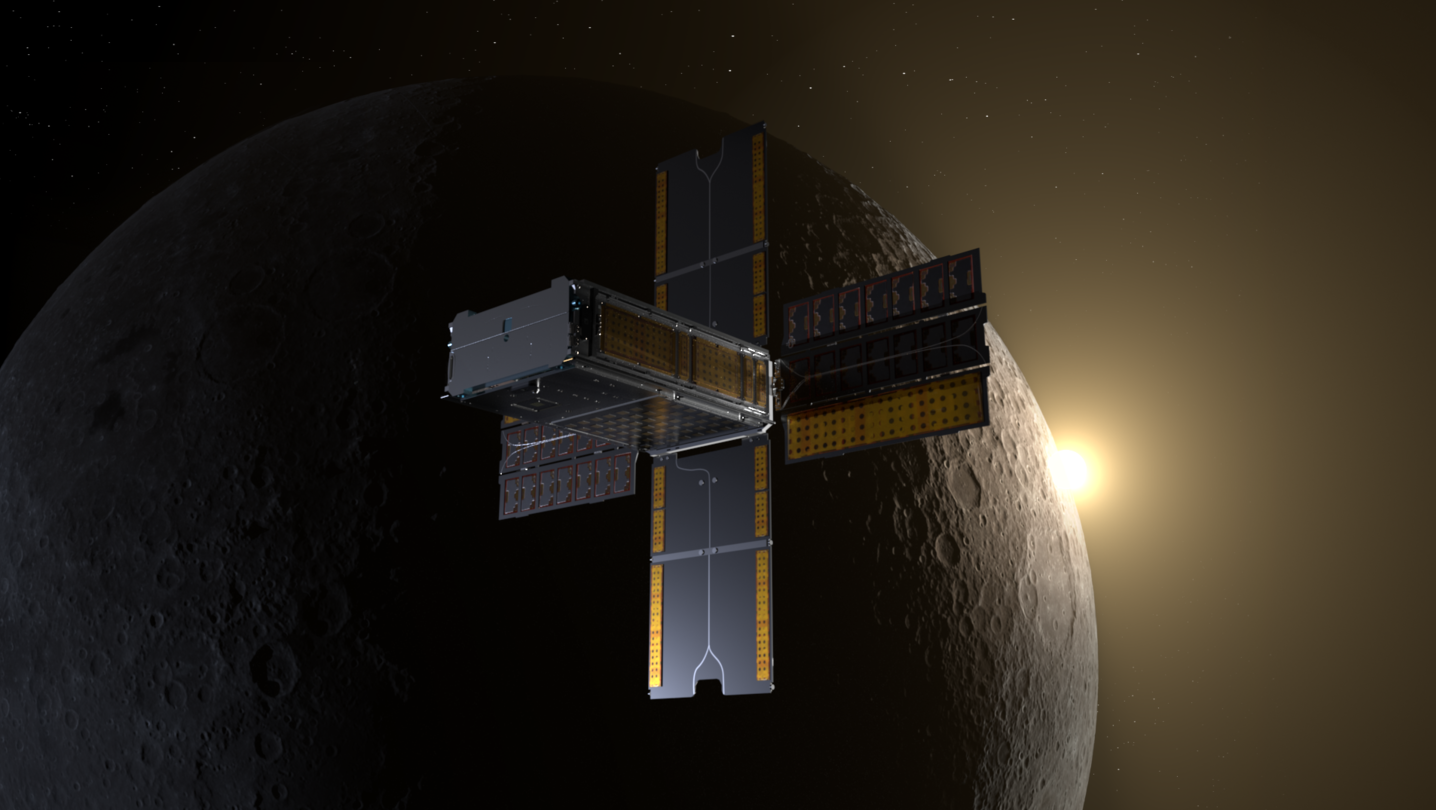
NASA's Orion, built for humans, reaches farthest-ever distance from Earth
What's the story
NASA's Orion spacecraft has gone the maximum distance that any spacecraft built for humans has ever traveled. On the 13th day of its 25-day mission, it traveled 432,210km from the Earth, achieving a key feat in space exploration. Employing its high-grade camera facility, Orion also snapped a picture of the Earth and Moon, where the latter appears to be eclipsing the blue planet.
Context
Why does this story matter?
NASA's Artemis 1 mission, which lifted off on November 16, is an uncrewed test flight of the Orion spacecraft and the SLS rocket. On November 26, the Orion spacecraft broke Apollo 13 mission's record, which traveled 401,056km from the Earth. The success of this mission will pave the way for Artemis 2 and 3, which will be crewed missions to the Moon.
Details
Artemis has reached the halfway point of its 25-day mission
Orion reached a distance of 432,210km from Earth at around 3 pm CST on November 28 (2:30 am IST, November 29) on the 13th day of its flight, marking the halfway point of Artemis' estimated 25-day mission. Presently, Orion is in the Distant Retrograde Orbit (DRO). "Retrograde" means that Orion travels around the Moon in the opposite direction that Moon orbits the Earth.
Twitter Post
Check out Orion's image of the Moon and the Earth
Flight day 13: Orion reached its maximum distance from Earth during the #Artemis I mission when it was 268,563 miles away from our home planet. Orion has now traveled farther than any other spacecraft built for humans. pic.twitter.com/sfdPFjf7Og
— Orion Spacecraft (@NASA_Orion) November 29, 2022
Official words
Orion's cameras can click selfies with the Earth or Moon
"Each of Orion's four solar array wings has a commercial off-the-shelf camera mounted at the tip that has been highly modified for use in space, providing a view of the spacecraft exterior," said David Melendrez, imagery integration lead for the Orion program. These cameras will also provide a selfie view of the spacecraft with the Earth or Moon in the background.
Hardware
There are 24 cameras on the Artemis 1
There are eight cameras on SLS and 16 cameras on Orion, summing up to 24. They are designed to capture crucial events such as launch, ascent, deployment of solar arrays, external inspections of the rocket, landing, recovery, and most importantly, pictures of the Earth and the Moon. You can follow Artemis Real-time Orbit Website (AROW) to track the spacecraft's flight in real time.
Future plans
Orion will splashdown in the Pacific Ocean on December 11
On November 26, the 11th day of the mission, Orion broke the record set by Apollo 13. It is currently cruising at a speed of 2,700km/h. NASA's Exploration Ground Systems team and the U.S. Navy are gearing up for the initial operations for the recovery of Orion when it makes a splashdown in the Pacific Ocean on December 11.